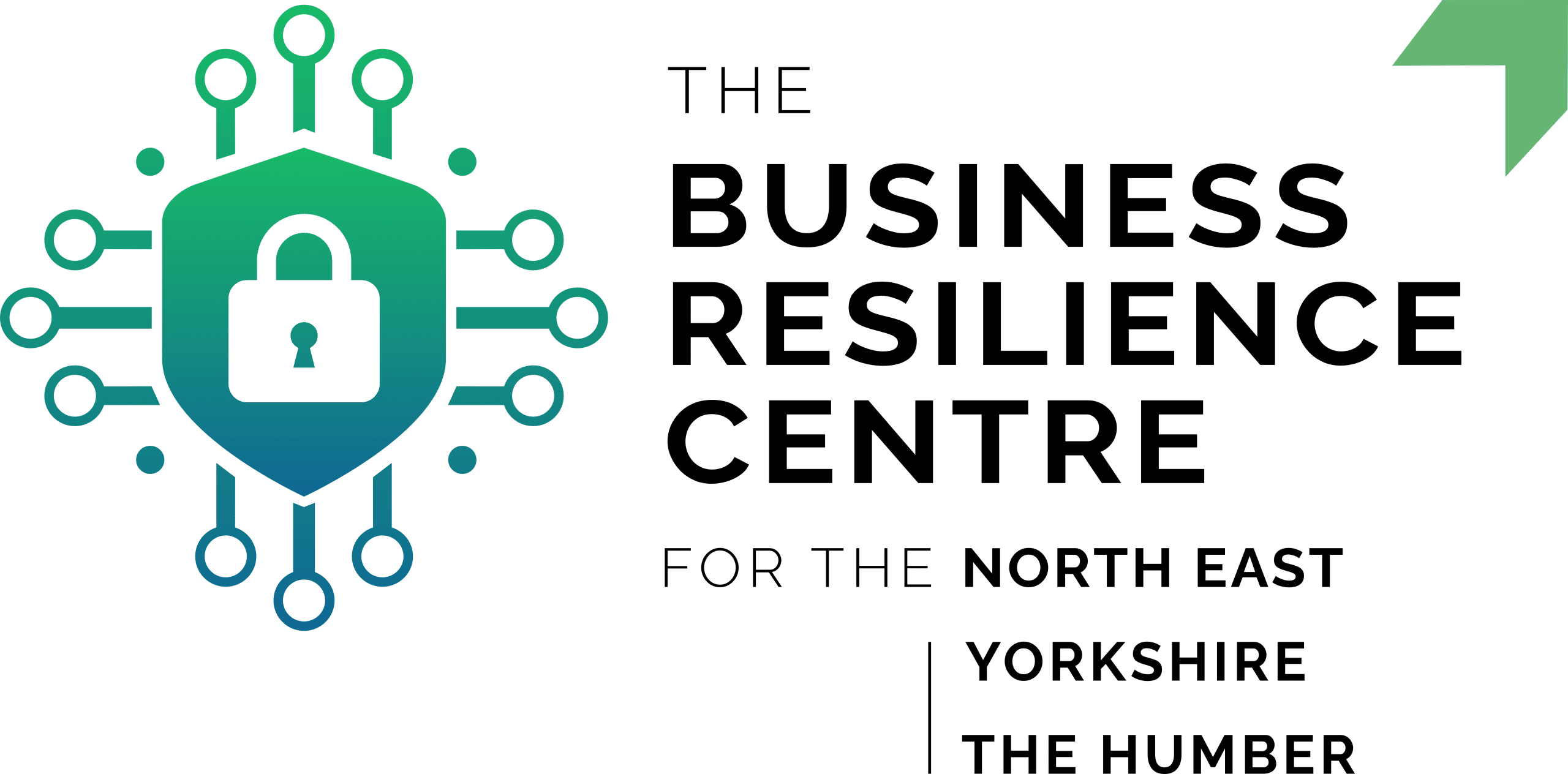Similar to other hacking techniques, hackers using malware have a wide range of methods to gain access to data or steal money from their victim. These methods include the type of malware used, what the aim of the malware is, and how it’s installed on the victim’s computer.
So what are the most common methods used for malware attacks? The most common malware attack methods include using viruses, worms, botnets, or ransomware to infect the victim’s computer. Infection is achieved through methods such as phishing, drive-by downloads, social media links, and accessing the computer remotely to manually install the software.
Read on to find out more information about what the 4 most common types of malware are, how malware is installed on the victim’s computer, and what hackers can do with the malware.
What Are the 4 Most Common Types of Malware Attack?
Just like the techniques that are used to install malware, there are also many different types of malware software that you or your business could be infected by. These are the 4 most common types of malware.
- Virus: A computer virus acts similarly to how a virus acts in our bodies. The software replicates itself and spreads rapidly by attaching itself to other commonly used programs throughout the computer.
- Worm: Worms also have the ability to replicate itself and spread, however, they carry themselves in their own containers and limit their malicious activity to the application that they’re within.
- Botnet: These are programs that infiltrate computers and build a network of compromised devices that are controlled by a central command server. These are often then used to launch DDoS attacks.
- Ransomware: Ransomware locks the victim’s computer, holding it ransom, and demands payment to return access. These are nearly always used for monetary gain.
For our guidance on how to mitigate attacks, see our Mitigating Malware and Ransomware Attacks resource.
How Are Malware Attacks Performed?
For a malware attack to be performed, the malicious software must be installed onto a computer in order for it to perform any actions. Hackers use multiple angles of attack to exploit any weaknesses they can find, and these malware installations are no different. Here are the 4 most common methods of installing malware on a victim’s computer.
- Phishing: Phishing is by far the most common method, and involves sending deceptive emails that pretend to be from a person or organisation of trust, to trick the victim into clicking links or downloading attachments.
- Software Bundles: Malicious software is often bundled into files and applications that the user downloads. These downloads are generally from third-party or peer-to-peer networks and the malware is often bundled with programs such as software keygens.
- External Drives: Hackers will often infect USB flash drives and other external hard drives. These can be deliberately left in popular areas in the hopes that somebody will find it and plug it into their computer.
- Drive-By Downloads: Drive-by downloads occur when the user visits an infected site. This allows the malware to take advantage of unpatched vulnerabilities to download and install itself – in some cases, without the user clicking anything on the site.
Did you know that NEBRC offers cyber security training that allows you to make your employees the first line of defence against cyber attacks? Malware is almost always installed via user error – so ensuring your employees know what to look out for is essential. Visit our Security Awareness Training page for more information.What Can a Hacker Do With Malware?
While there are so many methods and types of malware attack, what hackers can achieve with malware is much more simple. The intention of all malware essentially boils down to gaining two things: gather personal data or make money. What they can do with the malware they choose depends on which one of these it targets.
Data
Hackers will often try to gain personal information from their victim, which can be used for many things. The data they often target includes names, addresses, contact details, financial information, and passport details.
This data can then be used to sell on to other criminals, perform identity fraud, access your accounts, hold companies ransom, or launch further social-engineering attacks such as phishing attacks.
Money
This is an obvious one for ‘professional hackers’, who make their living stealing money from victims online. There are many avenues that a hacker can take to steal money, and these tactics often change.
Examples of ways hackers can steal money through the use of malware include:
- Ransomware: Encrypting the content of your computer or system allows the hacker to demand a ransom in order to unlock them.
- Cryptojacking: Cryptojacking involves hijacking a computer and installing crypto-mining software to mine cryptocurrency through the victim’s hardware.
- Direct theft through stealing banking information: Gaining access to banking details can allow the attacker to directly steal money from the account.
- Blackmail: Hackers will often use malware in an attempt to steal compromising information or images of the victim, in an attempt to then blackmail them into paying to stop its release.
- Pay-per-click: Computers infected with malware can be redirected to websites that the hacker owns, featuring many adverts that will then pay money for views and clicks.
- Fake software: Malware can often display popups advising the user that they need to download a software. These usually come in the form of infection popups that tell the user to download a fake antivirus software that requires payment.
Cyber Security for Your Business With NEBRC
At NEBRC, we’re a police-led not-for-profit organisation that’s dedicated to your cyber security. We work closely with you to keep your data safe and reduce your risk of cyber attack.
Visit our website to find out more about our Network Vulnerability Assessments or complete our Business Risk Check so that we can assess your business’s needs. You can also sign up to our free core membership to keep up to date with the latest cyber security matters and keep your business safe online.

